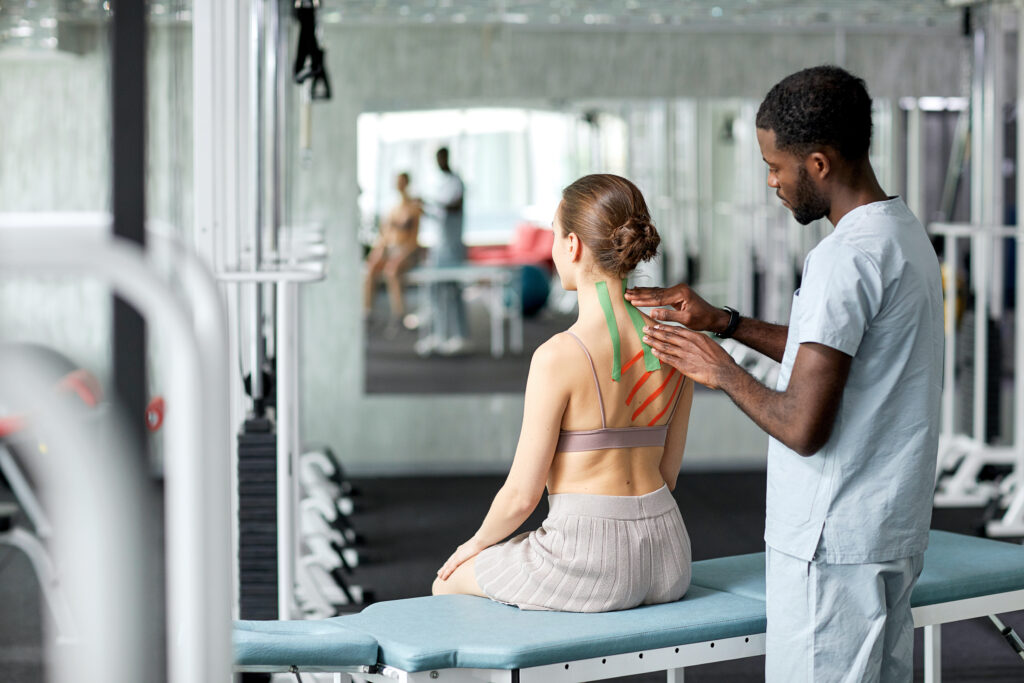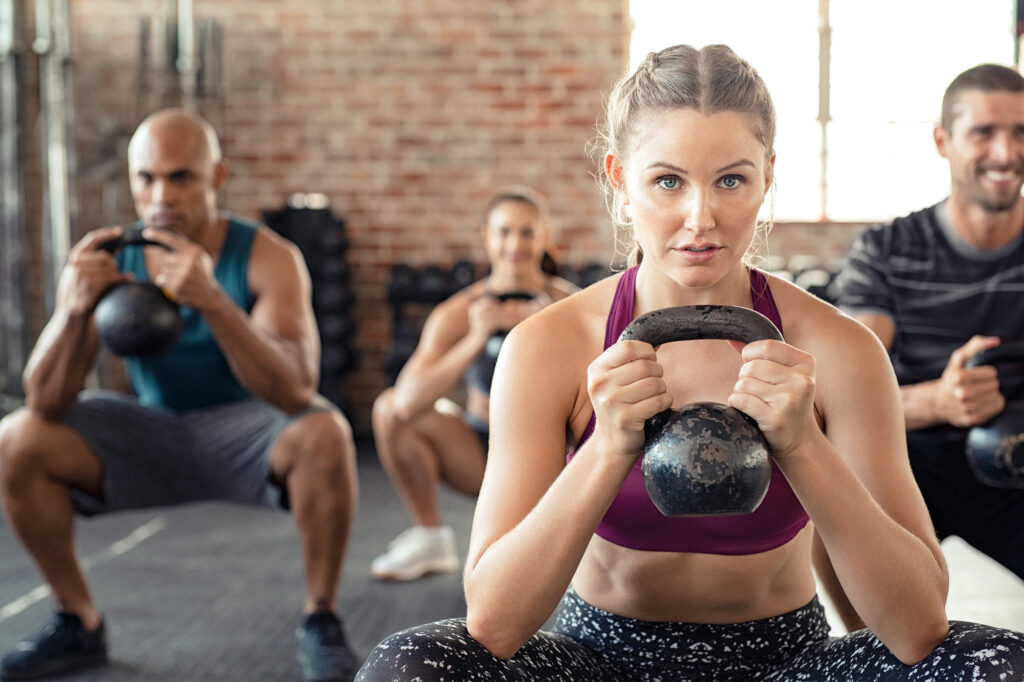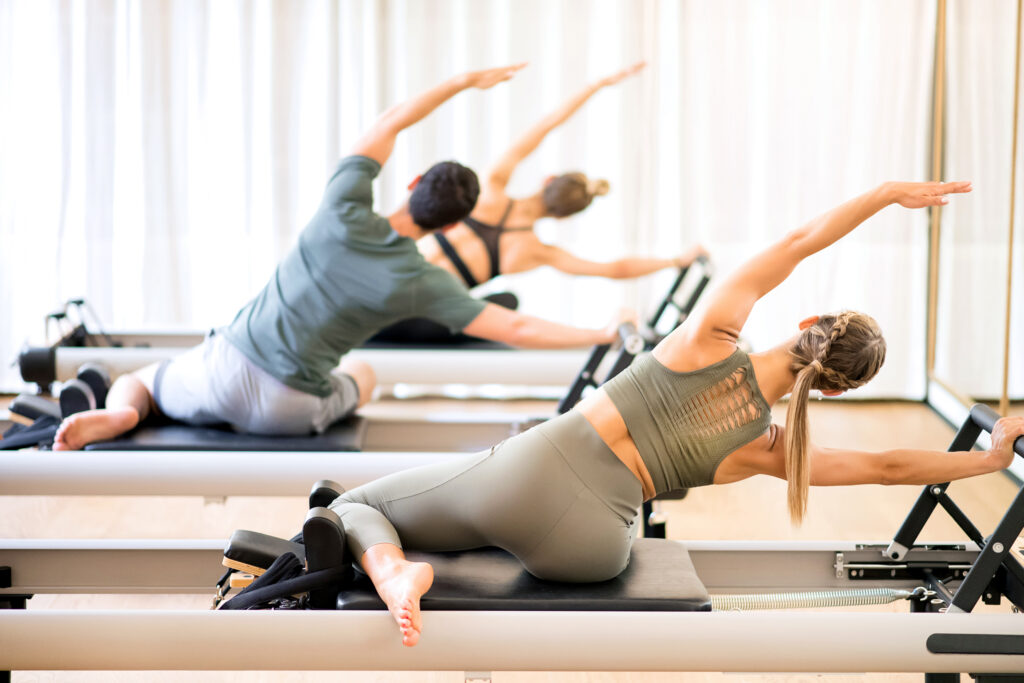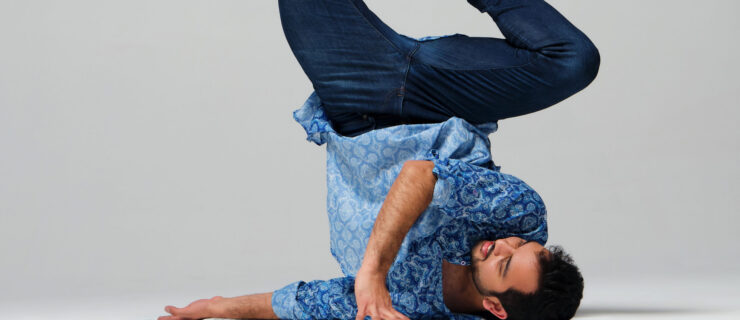7 Tips for Keeping Your Body Healthy Beyond Your Professional Career
In the dance world, there has long been a culture that encourages pushing beyond pain limits, with many professionals performing despite small (or even large) injuries. The show must go on, after all. After the pandemic, however, dancers are increasingly becoming aware of the importance of taking care of their bodies for the long-term. Even the most talented performers will eventually move past their performing years, and all dancers deserve to have healthy bodies that aren’t burdened by relentless pain and endless surgeries. What steps can dancers take to care for their bodies now, so they can have both the career of their dreams and a life without pain in the future? Three dance physical therapists share seven ways dancers can care for their bodies to help ensure a better future.
Prioritize Rest
Dancers are notoriously bad at taking time off, but according to Patti Cavaleri, a physical therapist at NYU Langone Health’s Harkness Center for Dance Injuries, dancers should be taking at least one or two days off per week and a few weeks off per year. “Your body needs time to recover from the high demands of dance,” she says. “On long rehearsal days you tax your system. After that, your body needs time to rebuild the muscle cells that have been challenged, as well as get more oxygen flowing throughout your body to get rid of soreness. If you don’t, your body will continue to become more fatigued, and it is in that state that you’re more likely to be injured.”
Dirk Hartog, a physical therapist at Westside Dance Physical Therapy, thinks dancers can take the concept of rest even one step further. “Most sports have a preseason, season, postseason, and offseason structure,” he says. “This schedule not only gives athletes time off, but time to prepare and protect their body for upcoming seasons through conditioning. Dance doesn’t have this natural cycle, but if you yourself can schedule in phases of ramping up to full activity and cooling down to rest, it will be helpful.”
Work With Experts
The proper care of the body requires the support of trained medical professionals. If dancers have easy access to a physical therapist onsite at their school or company, they should visit them immediately when experiencing pain. When this isn’t feasible, New York–based physical therapist Heidi Green advises that dancers “should initially be using every tool in their toolbox to address that symptom,” noting rest, ice, heat, NSAIDs, if necessary, and modification of movement. If you’re still experiencing pain within one to two weeks maximum, seek help from a doctor and/or physical therapist. “The sooner you get help, the easier it will be to fix any problem you may have,” she says.
Consider seeing a professional before injuries arise: The Harkness Center, for example, offers injury-prevention assessments for healthy dancers. “You can come in for an hour-long assessment in which we look at your strengths and weaknesses, and give you proactive exercises to target your needs,” Cavaleri says. “If we stay on top of things, we can limit things like back pain, sprained ankles, and other injuries.” According to Hartog, getting to know your body through the support of an expert is the ultimate secret to caring for your body and potentially reducing the risk of injury. “It’s often the silver lining to getting injured,” he says. “Come in before that happens, and you’ll set yourself up for success.”

Be a Dancer in the Studio and a Human Everywhere Else
While it can be tempting to continue working on “technique” in everyday life (for instance, sitting in the splits while watching TV or walking in a turned-out position on the street), it isn’t a helpful habit. “Turn it off,” says Green. “Living your daily life in parallel won’t ruin your career. In fact, it will protect your muscles from injuries caused by overuse and repetitive stress.” Instead, focus on doing your daily tasks with proper alignment and mechanics. For example, make sure your knees are tracking correctly when climbing stairs, or that you have correct form when you bend down to lift that heavy grocery bag. “Know that a thoughtful approach will ultimately benefit your dancing and your long-term health,” Green says.
Cross-Train
Dance training alone often doesn’t satisfy all the body’s physical needs for strength and stamina, so be sure to carve out some time for cross-training. “Performers should have two to four days per week of strength training and 150 minutes per week of moderate aerobic activity just like everyone else,” Cavaleri says. “Your dance training can count toward that amount if it’s particularly challenging.” Some cross-training ideas include low-impact exercise, like Pilates, or cardio options, like bike riding and walking. “Most of my patients find that when they add cardio to their routine, their stamina builds and class and performances become easier,” says Cavaleri.
Dancers should tailor nondance exercises to match what they’ll be performing, says Hartog. “Understand the demands of the choreography and adjust your nondance exercises to match it,” he says. For example, if the piece has a lot of battements on the right leg, make sure your strength-training regimen aims to reduce further overload of those muscles and addresses any imbalances that may occur.

Warm Up and Cool Down
It may seem elementary that warming up before and cooling down after class is a good idea, but, according to Green, not taking these steps is detrimental. “These are easy things that are within your control,” she says. “Just do it.”
Keep Self-Care Tools On Hand
There are a handful of PT tools every dancer should own, says Green. These include a foam roller, a massage ball, a TheraBand, a reusable ice pack, a bucket for ice baths, and a rolling stick.
Never Stop Moving
To limit pain after retiring from a dance career, Hartog recommends keeping movement as a central part of life. “It can be any form of physical activity that will keep your bones healthy and muscles stimulated,” he says.
Although the physical demands of the art of dance endure, every dancer should prioritize taking care of their body. Combine these steps with proper nutrition, hydration, and sleep for longevity in a performance career and beyond.





